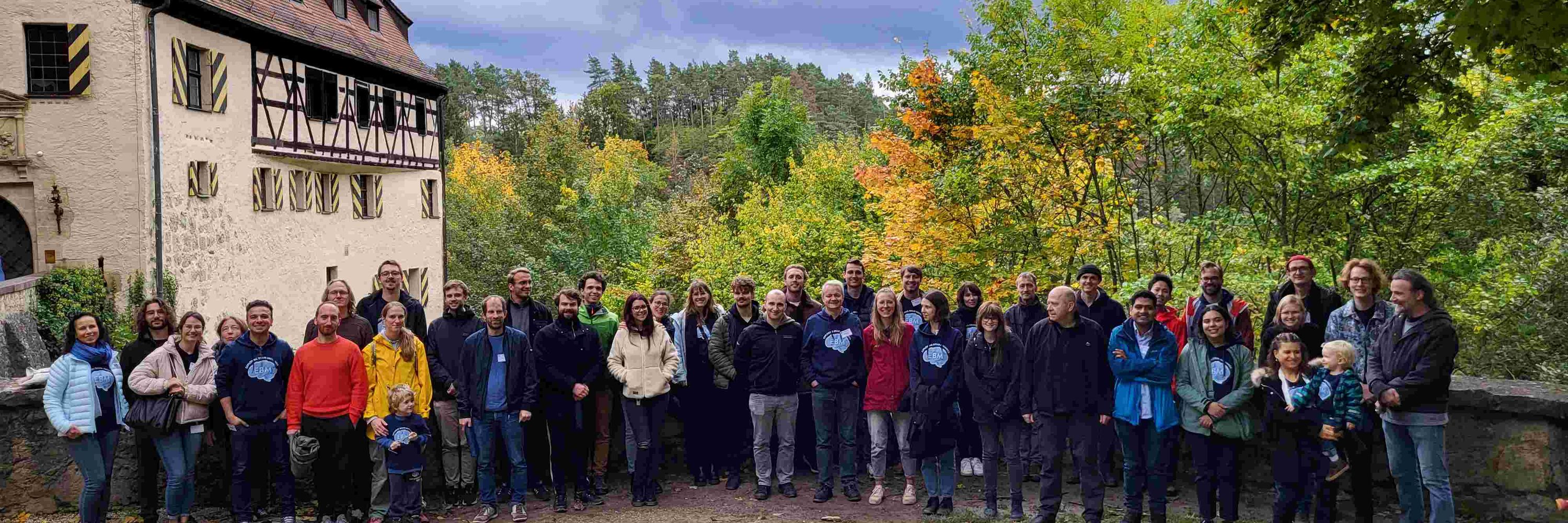Exploring Brain Mechanics
@ebmresearch.bsky.social
92 followers
29 following
110 posts
Official account of the Collaborative Research Center (CRC 1540) Exploring Brain 🧠 Mechanics funded by @dfgpublic.bsky.social
@fau.de
Charité Berlin
Universität Bonn
MPI Light
Homepage: https://www.crc1540-ebm.research.fau.eu/
Posts
Media
Videos
Starter Packs












